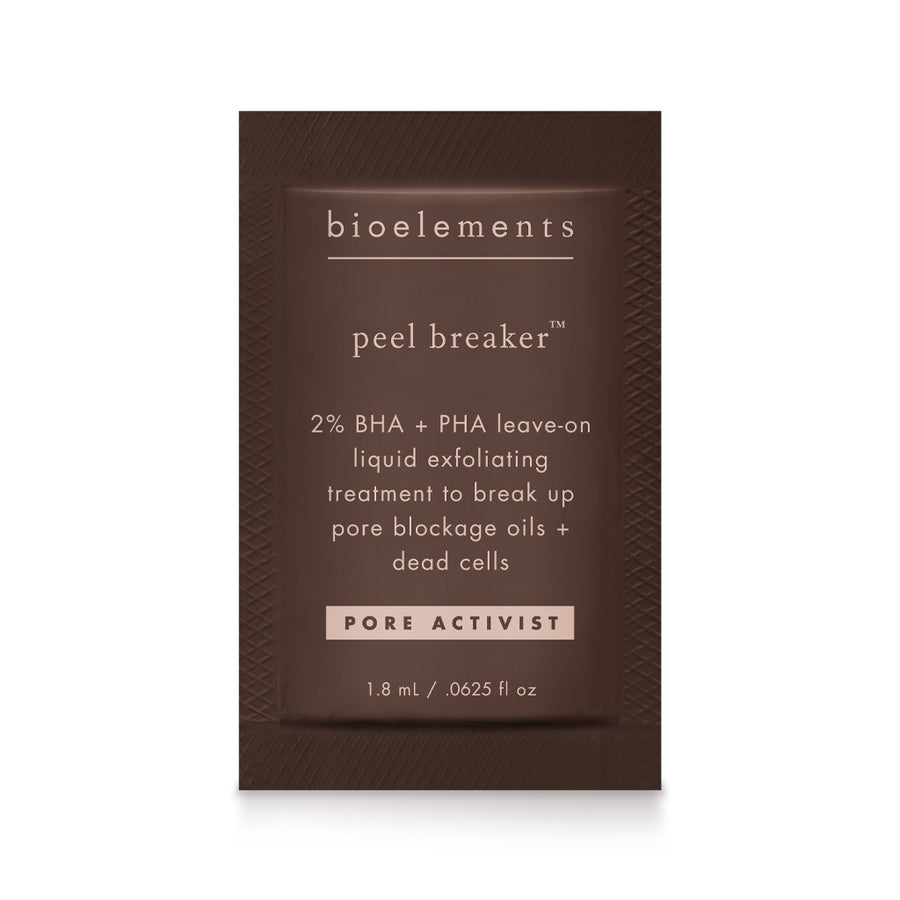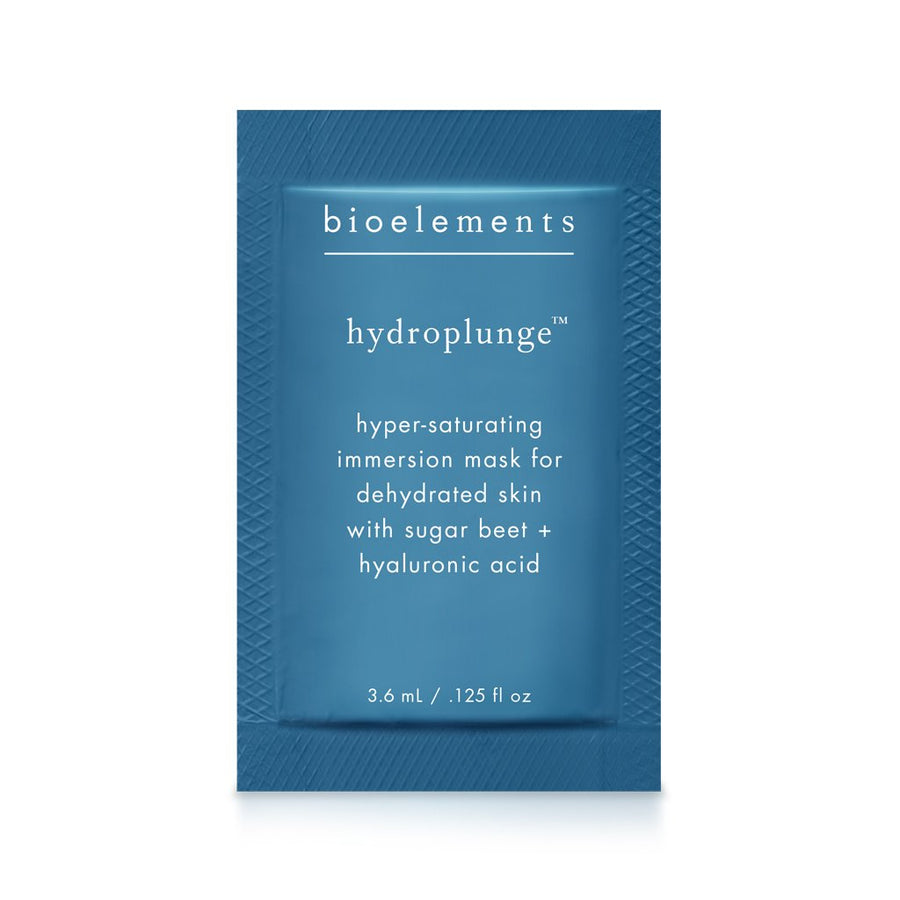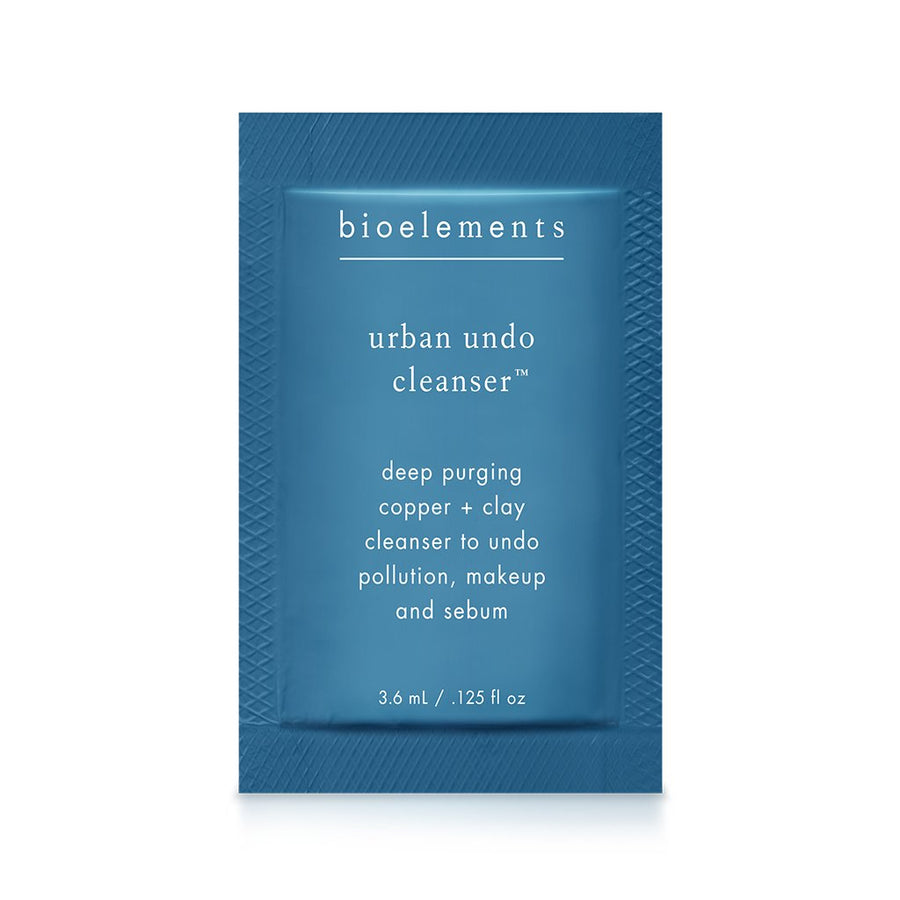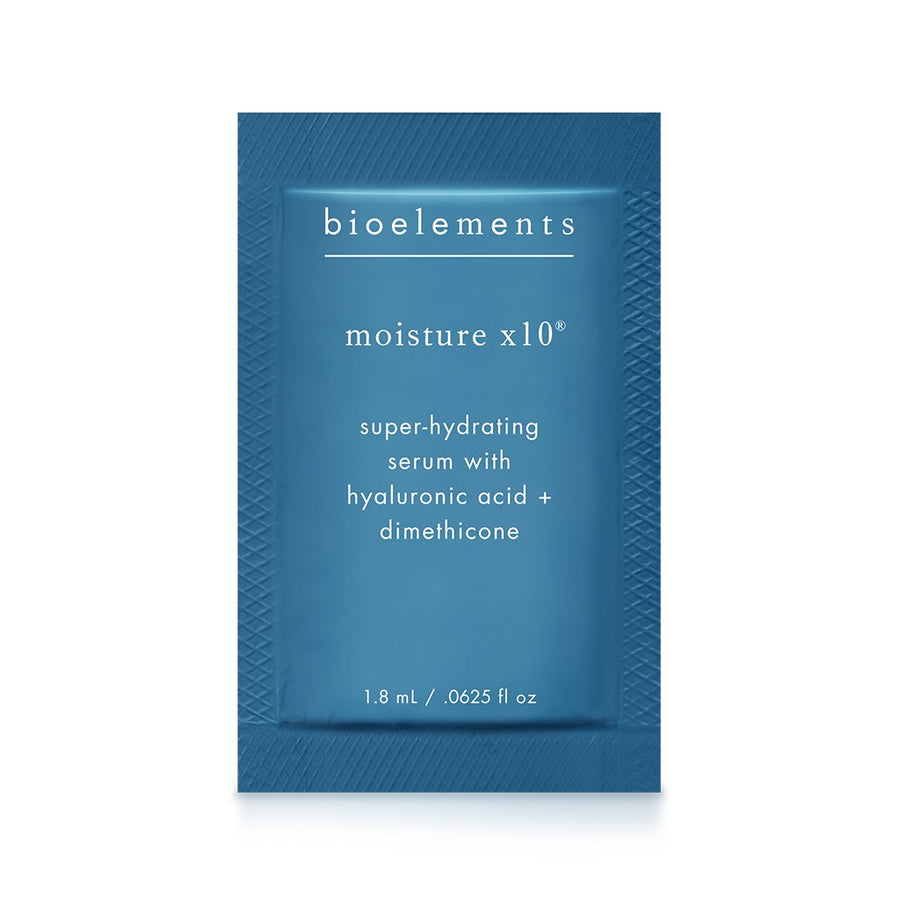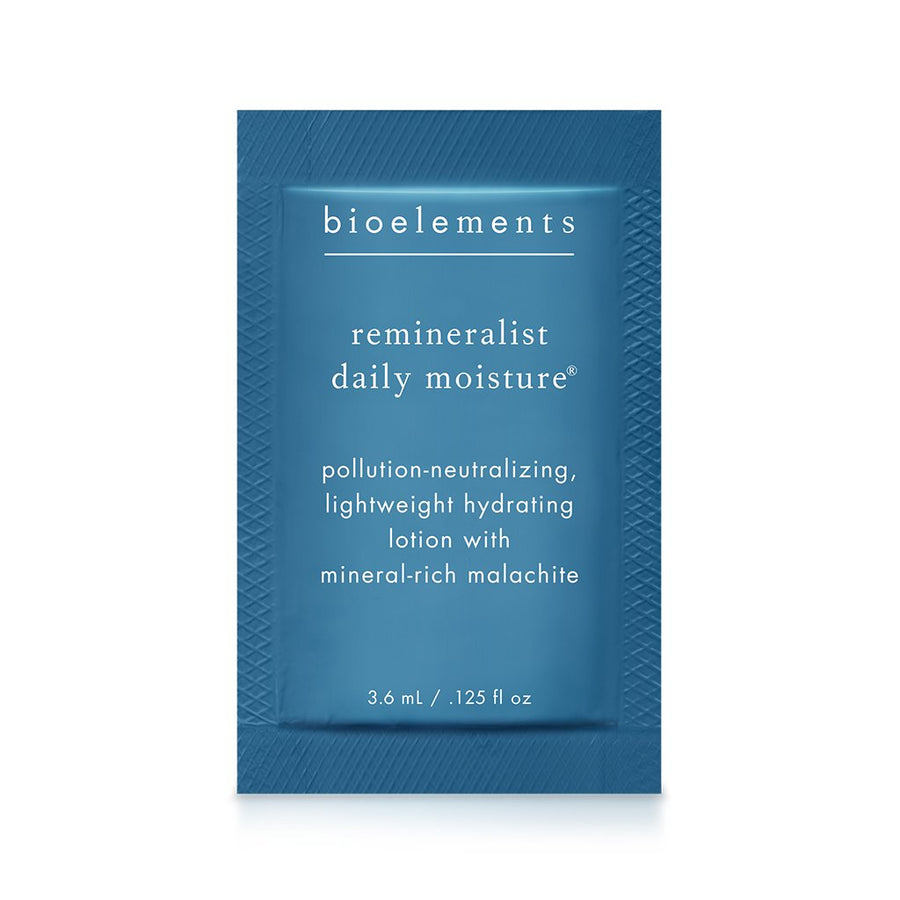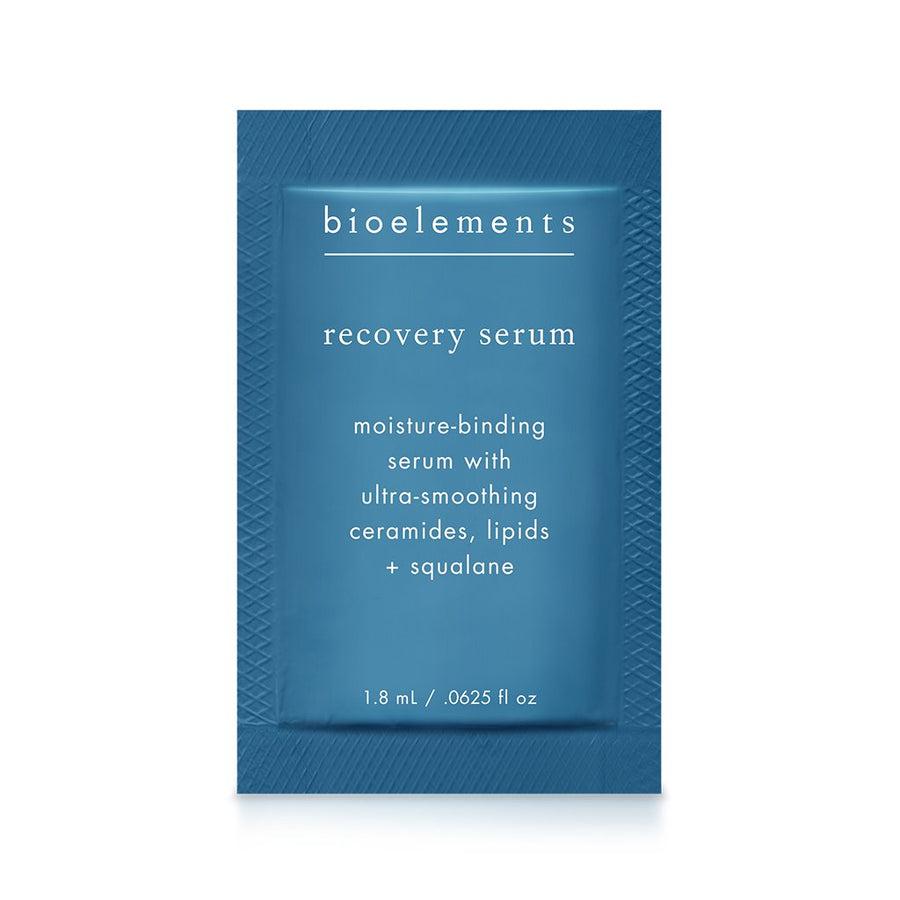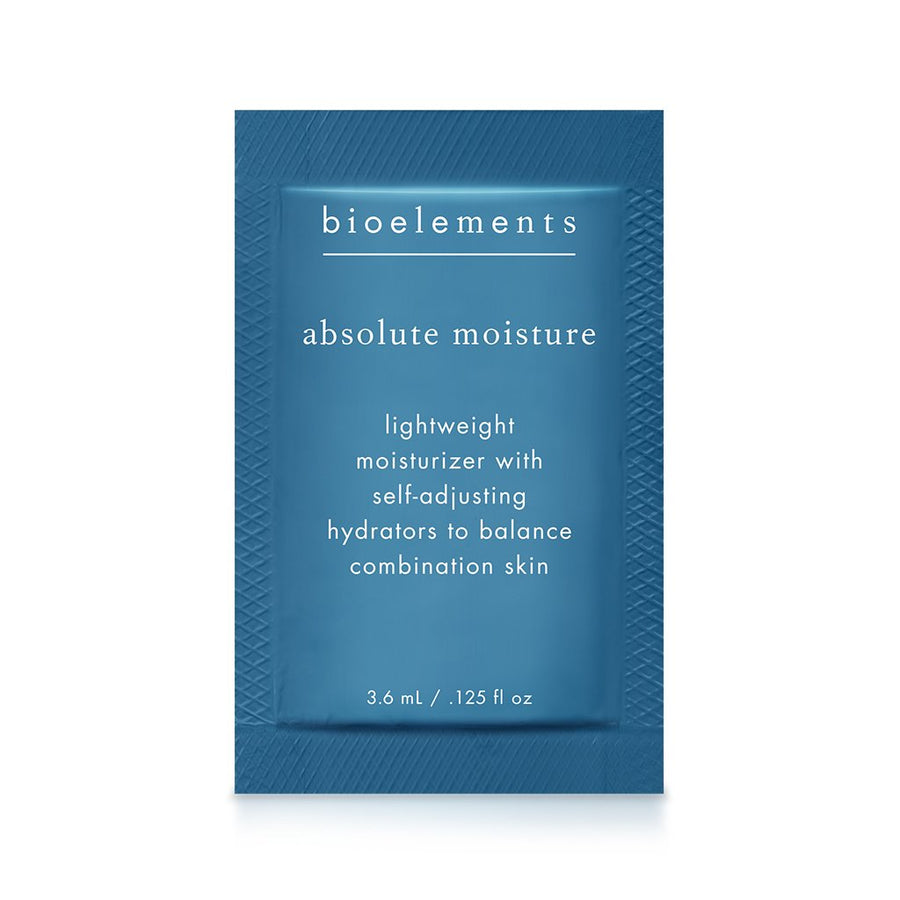As summer draws to a close, it’s easy to believe sun safety is a thing of the past. However, maintaining your skin’s health and glow should be a year-round priority. You may not feel the sun as intensely as in July, but its rays can still cause damage. Let’s break down what sun damage is and how you can keep your skin radiant and safe as the seasons shift.
What is sun damage? (It's more than just a burn)
Sun damage goes beyond the immediate discomfort of a sunburn – a sunburn is a reaction caused by overexposure to UV where your skin turns red and feels tender. Sun damage encompasses a broader range of issues, including premature aging (think wrinkles and dark spots) and increased risk of skin cancer. Sunburn is just the visible tip of the iceberg.
“It's not the burn itself that affects your risk, it's the amount of sun exposure associated with that burn,” says Teresa Stenzel, esthetician and Bioelements Esthetics Insight Circle member. “It’s a medical condition, that, depending on the severity, can cause permanent skin loss, and in some cases, hospitalization.”
You might think you're in the clear if you don’t experience a visibly red sunburn, but that’s not the case. Skin damage can still occur even if your skin doesn’t turn red or feel inflamed. This is because UV rays penetrate the skin and cause cellular changes that aren’t always immediately visible. Whether you tan rather than burn or simply don’t notice the effects, your skin is still absorbing UV radiation, which can lead to long-term damage.
What does sun damage look like?
Bad news for those who love a summer glow: if you’ve tanned even once this season, your skin is already damaged. As the damage worsens, the skin may look uneven, patchy and blotchy due to damage to the skin’s microcapillaries.
“Those with sun-damaged skin will have uneven pigmentation due to their melanocytes erratically producing melanin,” says Stenzel. “Excess melanin is our skin’s last defense mechanism to protect itself from damaging sun rays. Melasma, freckles, actinic keratoses, texture changes, capillary damage, and telangiectasia are all signs of sun damage."
Understanding Fitzpatrick levels: Why skin types react differently
The Fitzpatrick scale categorizes skin types based on their response to UV light, ranging from Type I (very fair skin that always burns) to Type VI (deeply pigmented skin that never burns). The lower your Fitzpatrick level, the less time you can be exposed to UV before damage begins. People with darker skin (Types V and VI) might not burn as easily, but they still suffer from UV-induced damage like hyperpigmentation and an increased risk of skin cancer.
When does sun damage start?
Sun damage doesn’t require hours of exposure to begin; it can start accumulating in as little as 15 minutes of direct sun exposure. Without sunscreen, this risk multiplies significantly. Even with SPF, it’s crucial to reapply every two hours. Sunscreen acts as a protective barrier, but it’s not a free pass to bask endlessly in the sun.
How can I prevent sun damage?
-
Limit unprotected sun exposure: Avoid the sun during peak hours – 10 a.m. to 4 p.m. – when UV rays are at their strongest.
-
Understand your skin health: Be aware of your skin type and genetic risks for sun damage.
-
Use sunscreen: Apply a minimum of SPF 30 liberally and often while exposed to the sun, especially if sweating or swimming.
-
Wear protective clothing: Opt for items like a hat or sunglasses.
-
Stay hydrated: Keep your skin hydrated to maintain its natural barrier and resilience.
-
Be aware of reflective surfaces: Water, snow and sand can reflect and intensify UV exposure.



